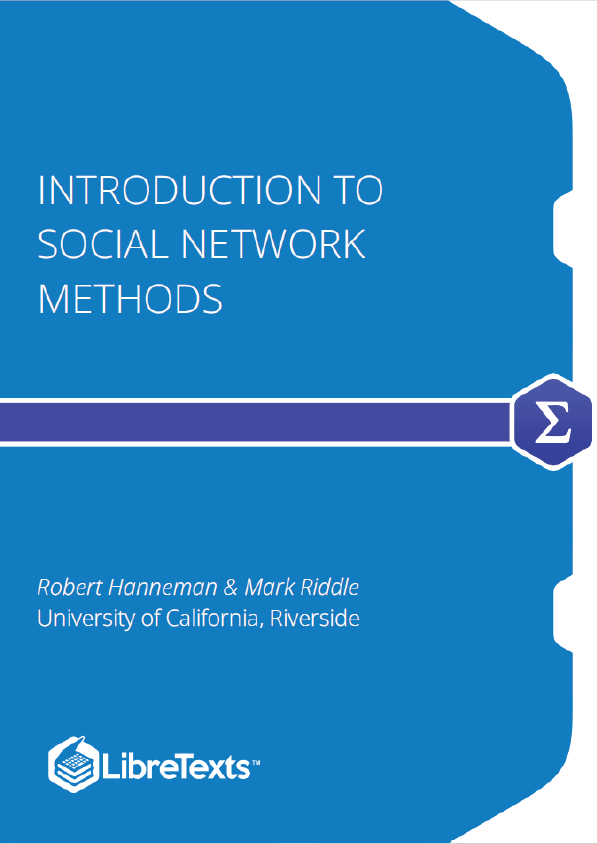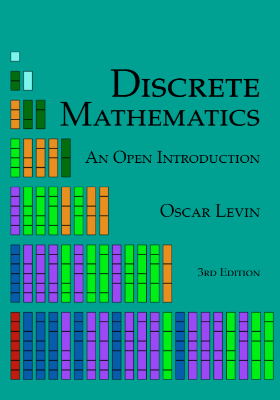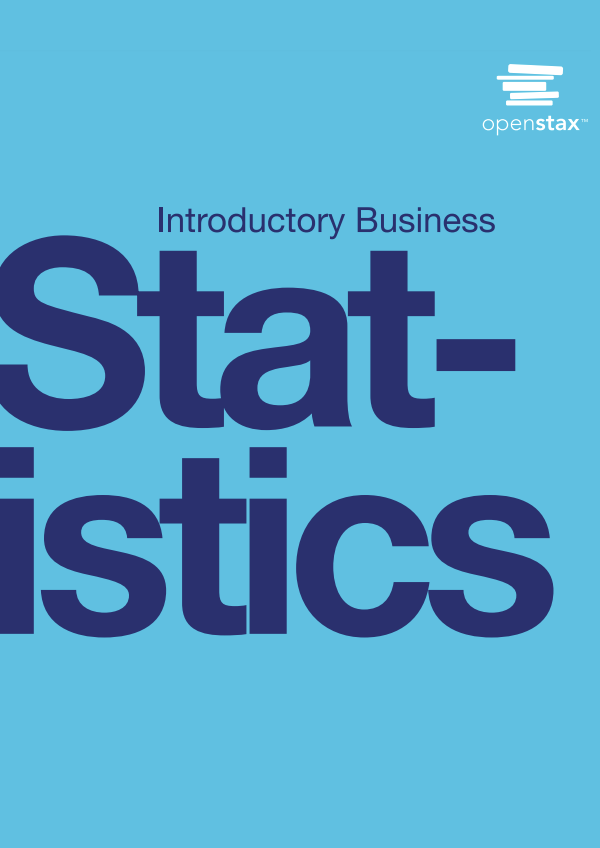This textbook introduces many of the basics of formal approaches to the analysis of social networks. The text relies heavily on the work of Freeman, Borgatti, and Everett (the authors of the UCINET software package). The materials here, and their organization, were also very strongly influenced by the text of Wasserman and Faust, and by a graduate seminar conducted by Professor Phillip Bonacich at UCLA. Many other users have also made very helpful comments and suggestions based on the first version.
Introduction – What’s different about social network data?
On one hand, there really isn’t anything about social network data that is all that unusual. Social network analysts do use a specialized language for describing the structure and contents of the sets of observations that they use. But, network data can also be described and understood using the ideas and concepts of more familiar methods, like cross-sectional survey research.
On the other hand, the data sets that social network analysts develop usually end up looking quite different from the conventional rectangular data array so familiar to survey researchers and statistical analysts. The differences are quite important because they lead us to look at our data in a different way — and even lead us to think differently about how to apply statistics.
“Conventional” social science data consist of a rectangular array of measurements. The rows of the array are the cases, or subjects, or observations. The columns consist of scores (quantitative or qualitative) on attributes, or variables, or measures. A simple example is shown as figure 1.1. Each cell of the array then describes the score of some actor (row) on some attribute (column). In some cases, there may be a third dimension to these arrays, representing panels of observations or multiple groups.
The fundamental data structure is one that leads us to compare how actors are similar or dissimilar to each other across attributes (by comparing rows). Or, perhaps more commonly, we examine how variables are similar or dissimilar to each other in their distributions across actors (by comparing or correlating columns).
“Network” data (in their purest form) consist of a square array of measurements. The rows of the array are the cases, or subjects, or observations. The columns of the array are — and note the key difference from conventional data — the same set of cases, subjects, or observations. In each cell of the array describes a relationship between the actors. A simple example is shown as figure 1.2, which describes the network of friendship relations among four people.











